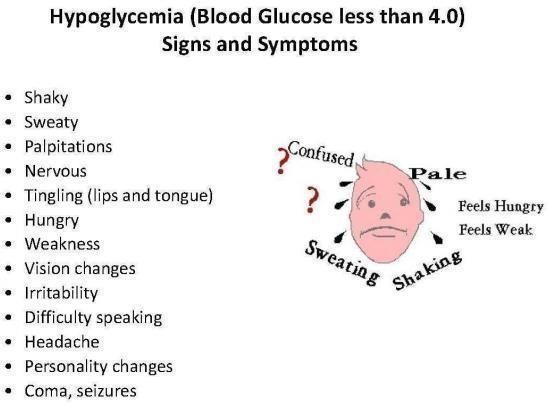A nurse is assessing a client 15 min after administering morphine sulfate 2 mg via IV push. The nurse should identify which of the following findings as an adverse effect f the medication?
Respiratory rate 8/min
sa02 94%
Pain level of 6 on a scale from 0 to 10
Sleepy, but arousing when her name is called
The Correct Answer is A
Morphine sulfate, an opioid analgesic, can cause serious side effects including lifethreatening respiratory depression. A normal respiratory rate for adults is typically between 12 to 16 breaths per minute. A rate of 8 breaths per minute is considered abnormally low and can be indicative of respiratory depression, which is a serious risk associated with opioid medications like morphine sulfate. It's important for healthcare providers to monitor clients closely after administering opioids to manage any potential adverse effects promptly.
B-SaO2 is not a direct indicator of central respiratory depression
C-Pain relief is expected as it is an analgesic
D-Morphine can cause sedation which is okay after respiratory depression has been ruled out
Nursing Test Bank
Naxlex Comprehensive Predictor Exams
Related Questions
Correct Answer is D
Explanation
Rationale- Peripheral edema, which is swelling typically in the arms and legs due to the accumulation of fluid, is a common finding in hypervolemia. This condition can also lead to symptoms such as bloating, rapid weight gain, and high blood pressure due to the increased fluid in the bloodstream. Hypervolemia causes the accumulation of excessive fluid in the tissues leading to edema
A,B,C- Oliguria, bradycardia, and hypotension are not typical findings associated with hypervolemia. Instead, they are features of hypovolemia
Correct Answer is B
Explanation
Rationale-The symptoms of sweating and feeling anxious in a client with type 1 diabetes mellitus are indicative of hypoglycemia. Hypoglycemia occurs when blood sugar levels fall too low, which can happen with the administration of insulin or other diabetes medications, missed meals, or increased exercise without adequate dietary adjustment. These symptoms are part of the body's natural response to low blood sugar, as it tries to signal the need for a source of energy. It is important for the nurse to recognize these signs promptly and respond with appropriate interventions, such as providing a fastacting carbohydrate, to prevent further complications associated with hypoglycemia.
A, C -Hyperglycemia and ketoacidosis presents with respiratory distress and a fruity odor. They occur due
D-Nephropathy presents with lack or reduced urine output. Injury occurs the renal tubules reduces renal ultrafiltration and reabsorption.

Whether you are a student looking to ace your exams or a practicing nurse seeking to enhance your expertise , our nursing education contents will empower you with the confidence and competence to make a difference in the lives of patients and become a respected leader in the healthcare field.
Visit Naxlex, invest in your future and unlock endless possibilities with our unparalleled nursing education contents today
Report Wrong Answer on the Current Question
Do you disagree with the answer? If yes, what is your expected answer? Explain.
Kindly be descriptive with the issue you are facing.
